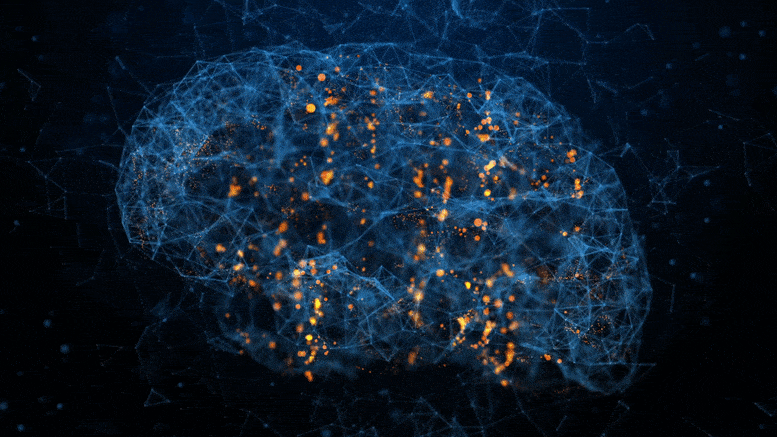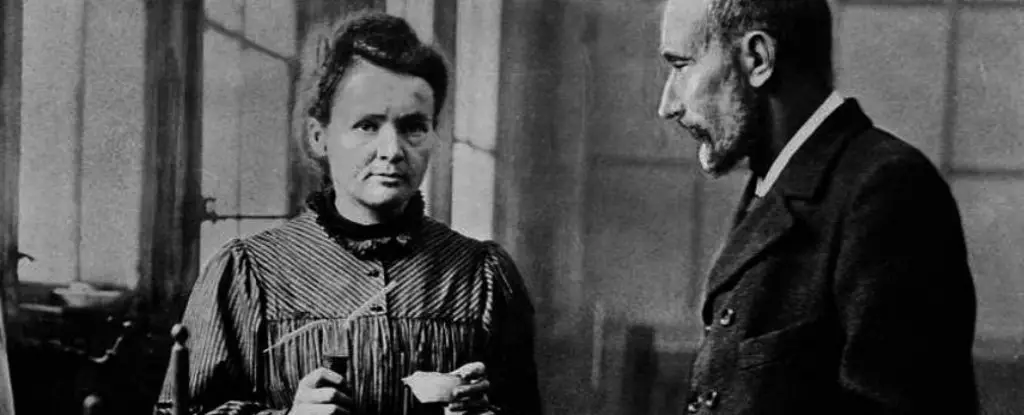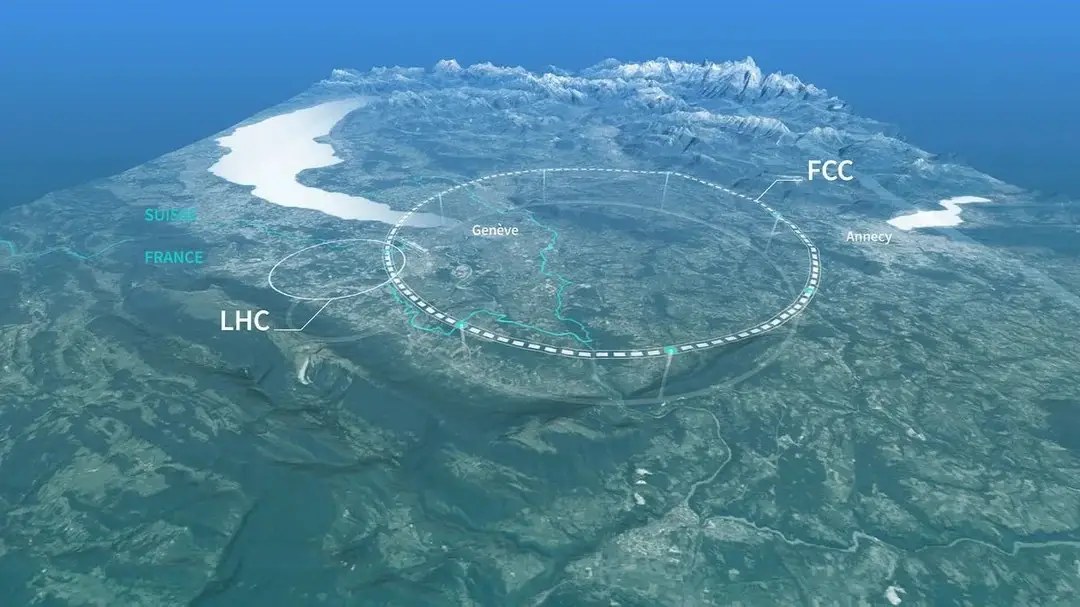Scientists Unveil Brain’s Multi-Dimensional Network, Offering New Insights Into Memory Storage and Processing
TL;DR
Researchers from the Blue Brain Project have discovered that the brain processes information using intricate, multi-dimensional geometric structures. These shapes, formed by neurons, extend up to eleven dimensions, offering a new perspective on how the brain functions. The team used advanced computer models and algebraic topology to map these structures, which respond to stimuli by forming and collapsing like a multi-dimensional sandcastle. This breakthrough could help scientists understand where memories are stored, potentially hiding within these high-dimensional cavities.
_______________
A new study suggests that intricate structures within our brain may be the key to understanding its function. This discovery could even shed light on mysteries like where memories are stored.
The human brain, one of nature’s most complex systems, remains largely a mystery. However, a team of researchers from the Blue Brain Project is making progress toward unlocking its secrets using advanced computer models.

Their latest model presents the brain as a network of ‘multi-dimensional’ geometric shapes and spaces. “We uncovered a world we never expected,” said neuroscientist Henry Markram, director of the Blue Brain Project and professor at EPFL in Lausanne, Switzerland.
“In a small section of the brain, there are tens of millions of these objects, extending up to seven dimensions. In some cases, we even found structures with up to eleven dimensions.” These structures form when neurons—the cells that transmit signals in the brain—create what’s called a clique. Neurons within the clique connect in a specific way to form a new geometric object.
The more neurons present in a clique, the higher the object’s ‘dimension.’ It’s essential to note that these structures do not physically exist in more than three dimensions. The higher dimensions are a mathematical description used to explain them.
“High-dimensional spaces are often employed outside of physics to describe complex data or system states, such as in a dynamic system’s state space,” explained professor Cees van Leeuwen from KU Leuven, Belgium, who reviewed the study for WIRED.
“The space represents the union of all the system’s degrees of freedom, while its state refers to the values of those degrees of freedom. The way the brain processes information is like a multi-dimensional sandcastle that forms from sand, then falls apart,” noted Ran Levi from Aberdeen University.
“When looking at a complicated network like the brain, we associate it with familiar objects to understand its functions,” Levi, who also contributed to the paper, told WIRED. “Without this, you just see a confusing mass of neurons firing in what seems like random patterns.”
“What we did was map the brain’s complex network to this universe, identifying well-defined high-dimensional objects, which provides us with insights into both structure and function.”
The team employed algebraic topology, a branch of mathematics, to model these structures in a virtual brain simulation. Then, real brain tissue was used to verify their findings. When researchers introduced a stimulus to the virtual brain tissue, cliques of increasing dimensions formed, with gaps or cavities between them.
“The emergence of high-dimensional cavities during information processing suggests that the neurons in the network respond to stimuli in an exceptionally organized manner,” Levi stated.
“It’s as though the brain responds to stimuli by constructing and then demolishing a multi-dimensional structure, beginning with 1D rods, 2D planks, 3D cubes, and progressing to more complex geometries like 4D and 5D. The brain’s activity resembles a multi-dimensional sandcastle that materializes and then disintegrates.”
The next phase will explore the functional role these structures play in the brain. For instance, researchers have long searched for where memories are stored in the brain, and these cavities may offer a solution. “They could be ‘hiding’ in these high-dimensional cavities,” Markram speculates.
The research is published in Frontiers in Computational Neuroscience.





This basically confirms the belief that all things on existence are part of a whole, as we live our lives we add to the total experience of one.
The same way our thoughts link up to create an overall understanding, is the same way nature and the universe operates
We use such a tiny portion of our brains – you can tell by the world today.
Yep, and it directly matches the multidimensional univers out there. All is mind
[…] Read more | > […]